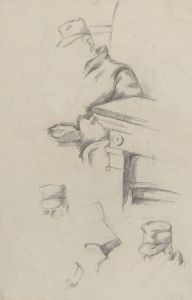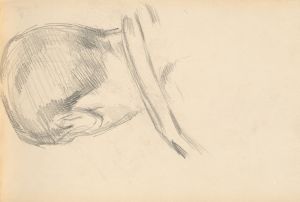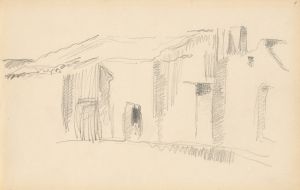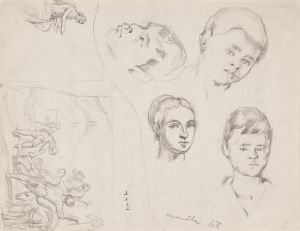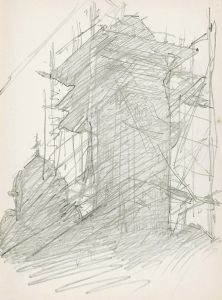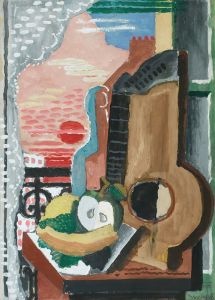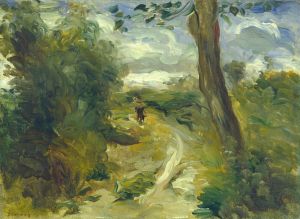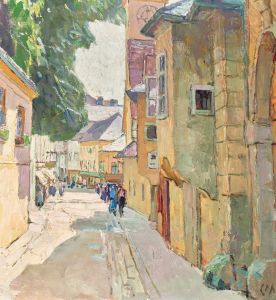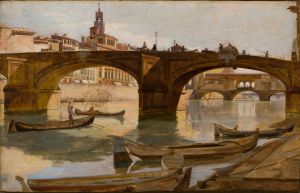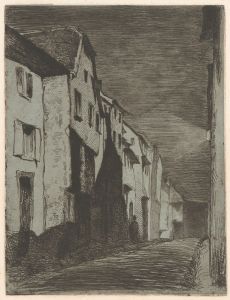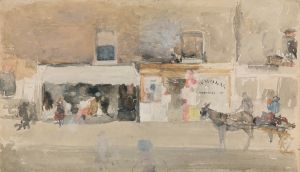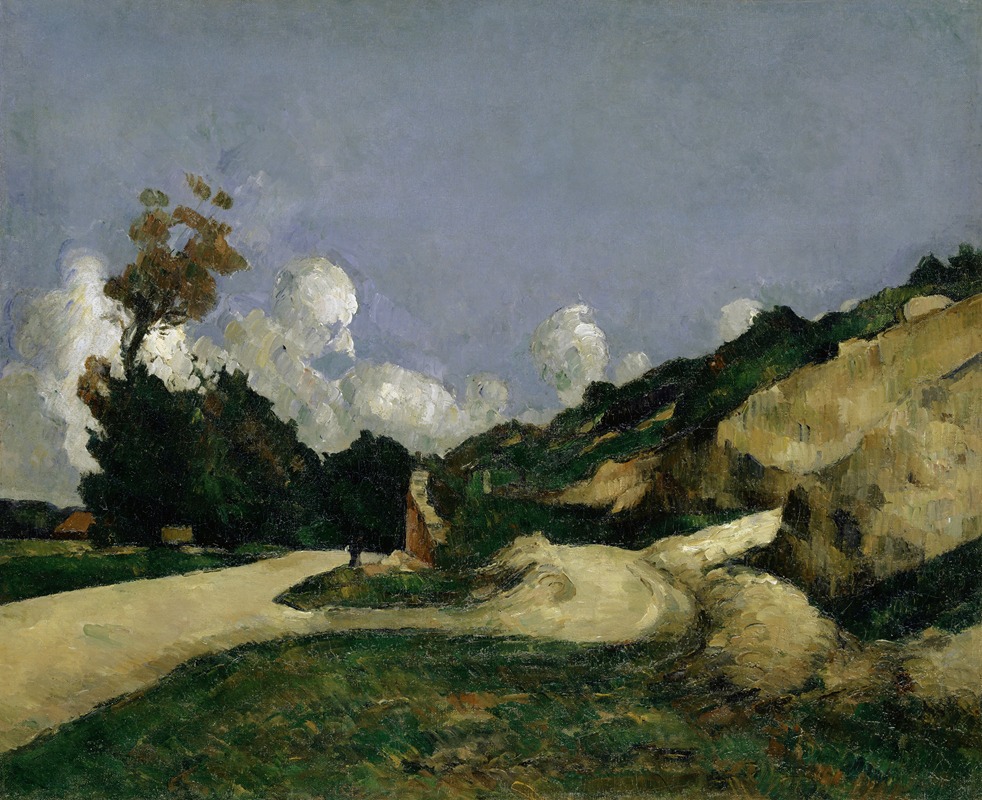
The Road
A hand-painted replica of Paul Cézanne’s masterpiece The Road, meticulously crafted by professional artists to capture the true essence of the original. Each piece is created with museum-quality canvas and rare mineral pigments, carefully painted by experienced artists with delicate brushstrokes and rich, layered colors to perfectly recreate the texture of the original artwork. Unlike machine-printed reproductions, this hand-painted version brings the painting to life, infused with the artist’s emotions and skill in every stroke. Whether for personal collection or home decoration, it instantly elevates the artistic atmosphere of any space.
Paul Cézanne, a pivotal figure in the transition from 19th-century Impressionism to 20th-century Cubism, is renowned for his unique approach to painting that laid the groundwork for modern art. One of his works, "The Road" (French: "La Route"), exemplifies his innovative style and technique. While specific details about this particular painting are scarce, it is important to understand Cézanne's broader artistic context to appreciate the significance of his work.
Cézanne was born on January 19, 1839, in Aix-en-Provence, France. His early education in the arts began at the École des Beaux-Arts in Aix, but he later moved to Paris, where he became associated with the Impressionists. Despite his connections with this group, Cézanne's work diverged significantly from traditional Impressionism. He sought to bring structure and order to his paintings, often focusing on the underlying geometric forms in nature.
"The Road" likely reflects Cézanne's interest in capturing the essence of Provence's landscape, a recurring theme in his oeuvre. His landscapes often feature roads, pathways, and rural scenes, which he used to explore perspective and spatial relationships. Cézanne's technique involved building up color with small brushstrokes, creating a complex surface texture that conveyed depth and form. This method allowed him to depict the natural world with a sense of solidity and permanence, contrasting with the fleeting impressions favored by his contemporaries.
Cézanne's approach to composition was revolutionary. He often employed a method known as "constructive brushstroke," where he used repetitive, parallel strokes to build up the surface of the canvas. This technique is evident in many of his works and contributes to the sense of volume and structure that characterizes his paintings. In "The Road," this method would have been used to depict the landscape with a focus on the interplay of light and shadow, creating a dynamic yet stable composition.
Throughout his career, Cézanne was deeply influenced by the landscapes of his native Provence. The region's rugged terrain, with its hills, trees, and winding roads, provided endless inspiration for his work. He was particularly fascinated by the Mont Sainte-Victoire, a mountain near Aix-en-Provence, which he painted repeatedly. While "The Road" may not specifically depict this mountain, it likely shares the same attention to the natural environment that defines much of Cézanne's landscape painting.
Cézanne's legacy is profound. His exploration of form and color influenced a generation of artists, including Pablo Picasso and Georges Braque, who would go on to develop Cubism. Cézanne's work challenged traditional notions of perspective and representation, paving the way for the abstraction that would dominate 20th-century art.
In summary, while specific details about "The Road" by Paul Cézanne are limited, understanding his broader artistic approach provides insight into the significance of his work. Cézanne's innovative techniques and focus on the structural elements of nature have left an indelible mark on the history of art, making him a central figure in the development of modern painting.






